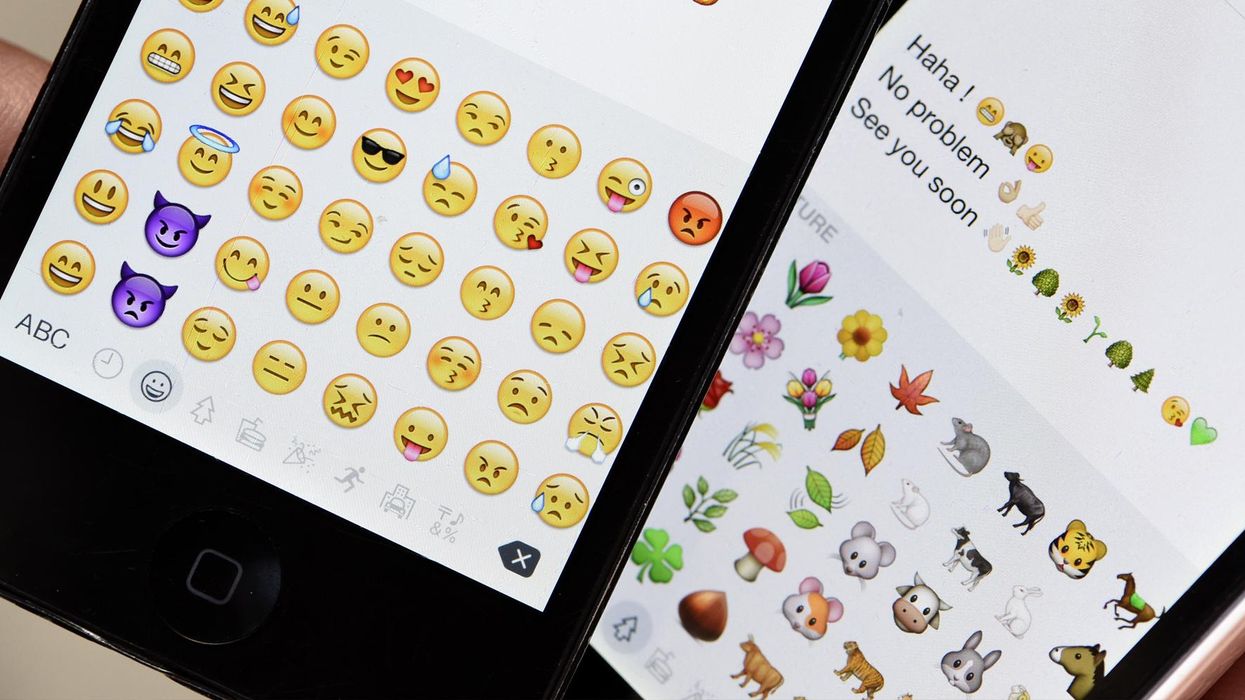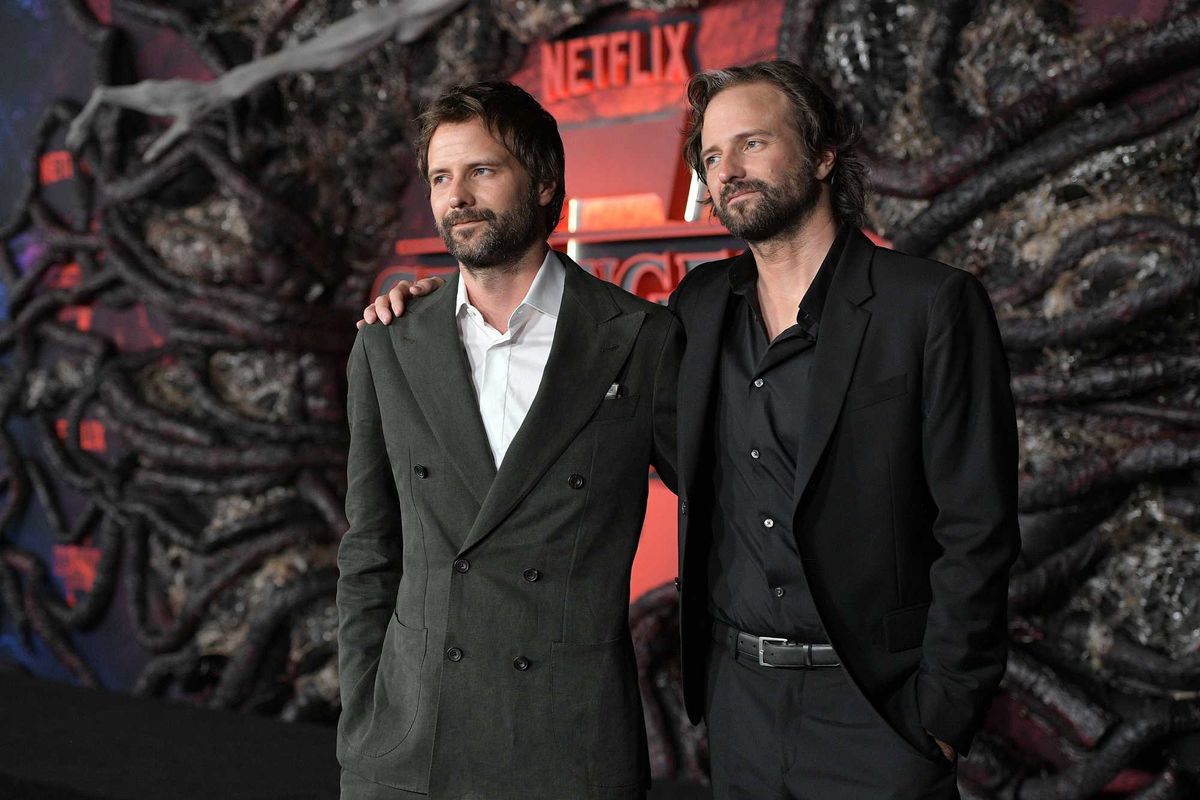Science & Tech
Louis Dor
Jan 25, 2017

Picture:
MIGUEL MEDINA/AFP/Getty Images
A new study has found that culture is a large factor in how we interpret faces - even text smiley faces.
Masaki Yuki, a behavioral scientist at Hokkaido University in Japan, says that Japanese people tend to look to eyes for emotional cues, while Americans look to the mouth.
He told livescience that, when growing up, he was enthralled with picture of smiling American celebrities:
Their smiles looked strange to me.
They opened their mouths too widely, and raised the corners of their mouths in an exaggerated way.
The same interpretation issues arise when it comes to smiley faces, he found at graduate school.
For example American smiley faces would change mood as follows:
:) - Happy
:( - Sad
Whereas Japanese smiley faces, which focus more on eyes, would change mood as follows:
(^_^) - Happy
(;_;) - Sad
To test the theory, he asked colleagues to interpret whether computer generated images were happy or sad.
He found that Japanese colleagues gave more weight to eyes in a face when gauging emotion, while Americans, did indeed, look at the mouth.
HT LiveScience
More: Have you been using these emoji all wrong? Take the test
Top 100
The Conversation (0)













